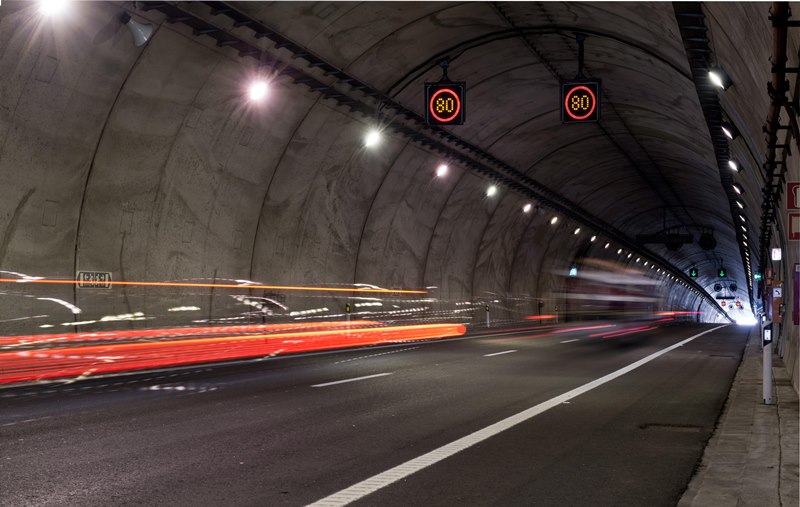
Did you know that around three trillion bytes of data are generated every day and that 90% of the data that have ever existed in the world were created during the last two years?
To be even more aware of how technology has become integrated into our daily lives in recent decades, did you know that a modern saloon car has more data processing power than Apollo XI (yes, the spacecraft that landed on the moon back in 1969) and can generate 25 gigabytes of data per hour, enough to make 12 high definition feature films?
Big Data and Data are two of the terms in vogue in the innovation and entrepreneurial ecosystem. So much so that within the wide range of possibilities of this method we find that, in one way or another it serves both to create new products and to predict behaviour and trends, refine marketing actions, etc.
Leaving aside the privacy and security problems that these new technologies can entail, we may ask if we are excessively controlled. Is there a limit to this use of data?
What do highways and big data have in common?
To focus on the sphere of traffic, who hasn’t heard our fathers exclaim
“If only I had known that there was a traffic jam on this road. I would have taken another one!”
It is here that the new technologies play a central role in setting up traffic control and tracking systems aimed at streamlining mobility and sustainability. Proper traffic management and planning leads to better harnessing of the infrastructures, lower fuel consumption, reduction of atmospheric pollution, enhanced safety and better time management.
In relation to this last idea, Cintra has implemented a mobility project in the environment of its highways in which, in partnership with Kineo, and thanks to data collected from the mobile network, we know where the users of a highway come from and where they are going with a sample volume which years ago would have been unthinkable. The fact is, as already discussed in this blog a few days ago, thanks to the mass penetration of technology and communications, practically all our activities leave a geolocated digital footprint that gives rise to a prodigious quantity of data that can be used to our benefit.
And everything points to the fact that more fluid traffic translates into fewer visits to the mechanic. The savings interval is somewhere between € 95 per car/year according to the SBD consultancy and the € 760 announced by Frost & Sullivan. Be that as it may, what is clear is that the incorporation of Big Data methods in our day-to-day lives will bring more pros than cons, and if it saves us a few traffic jams on the way, so much the better.







There are no comments yet